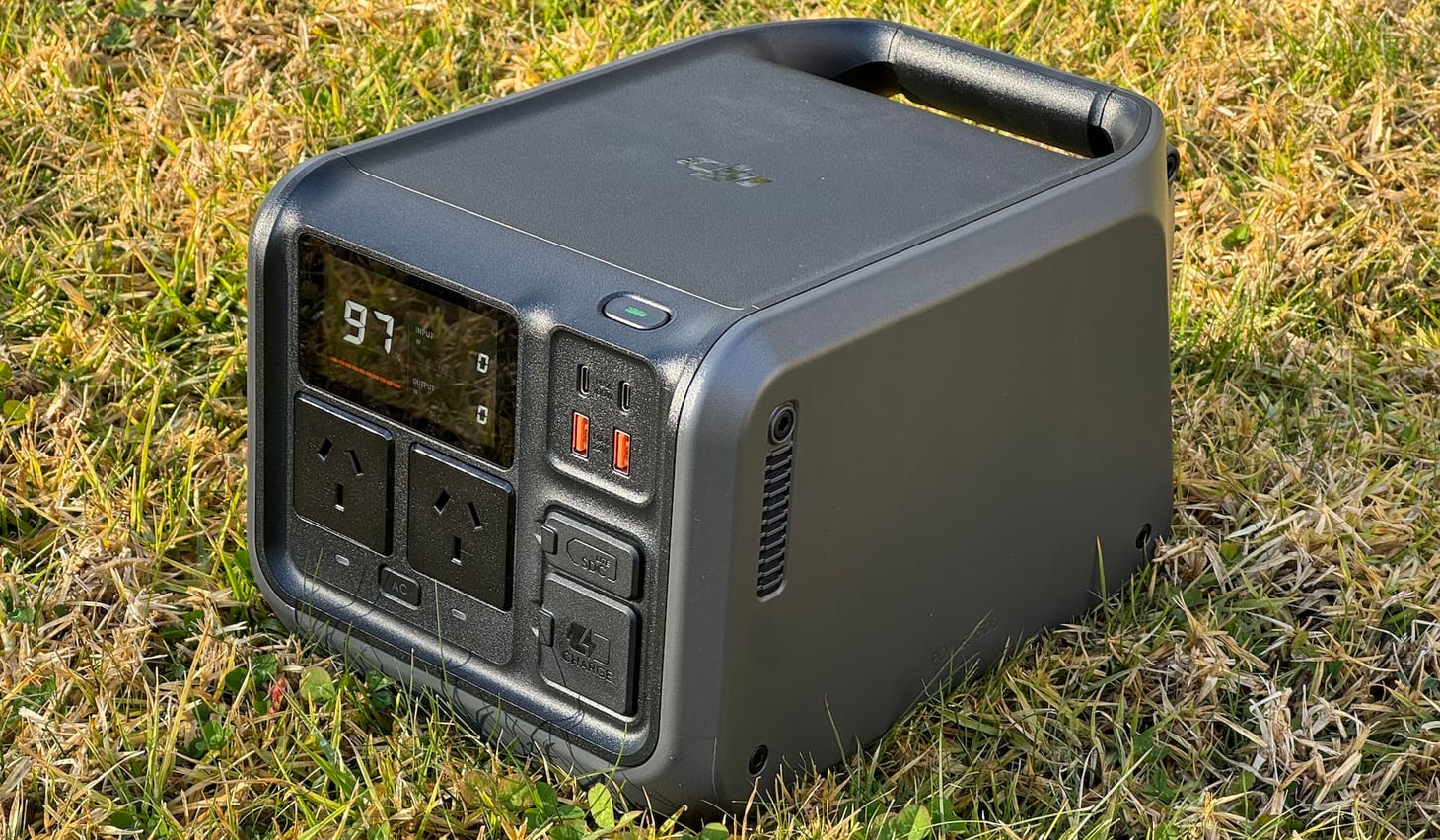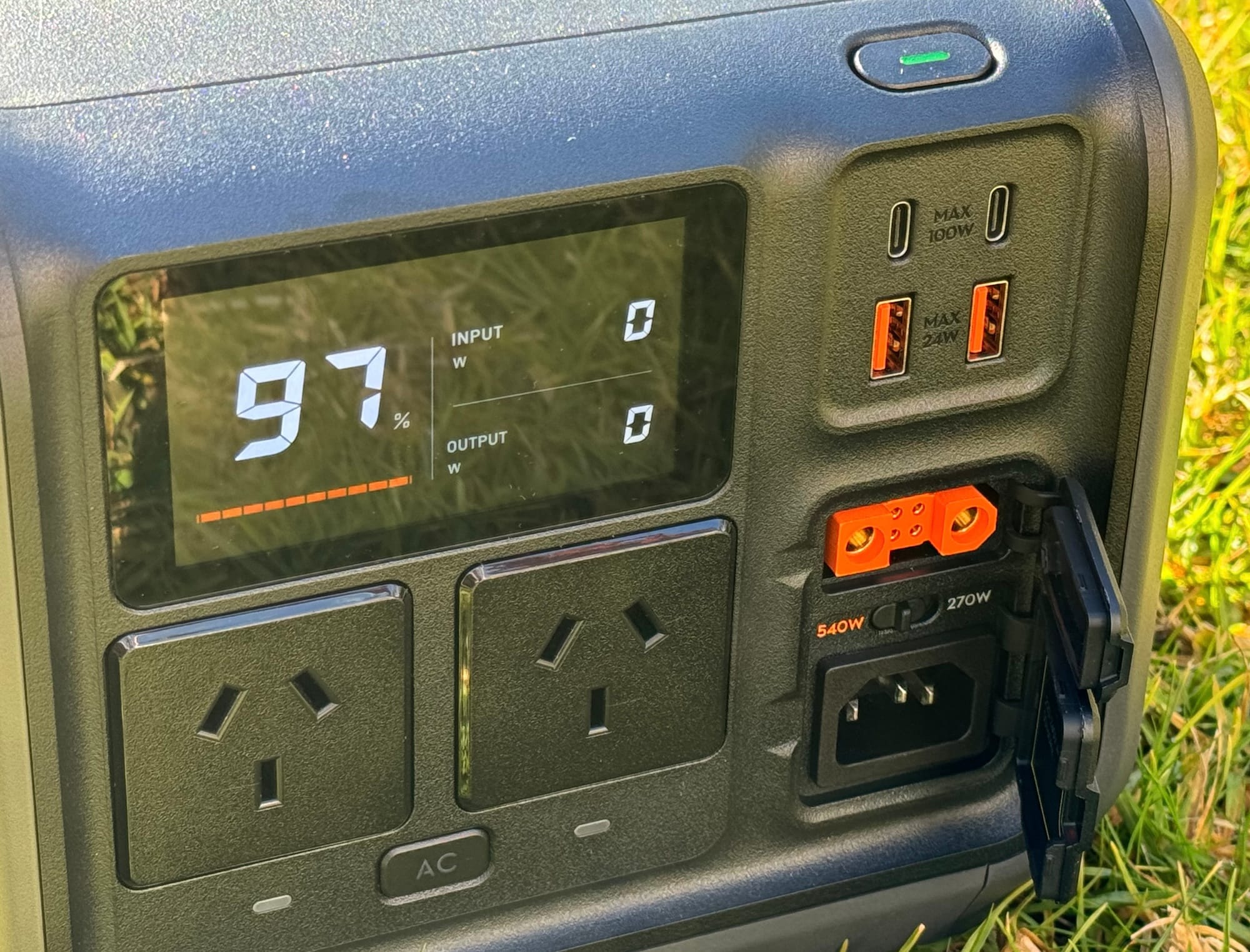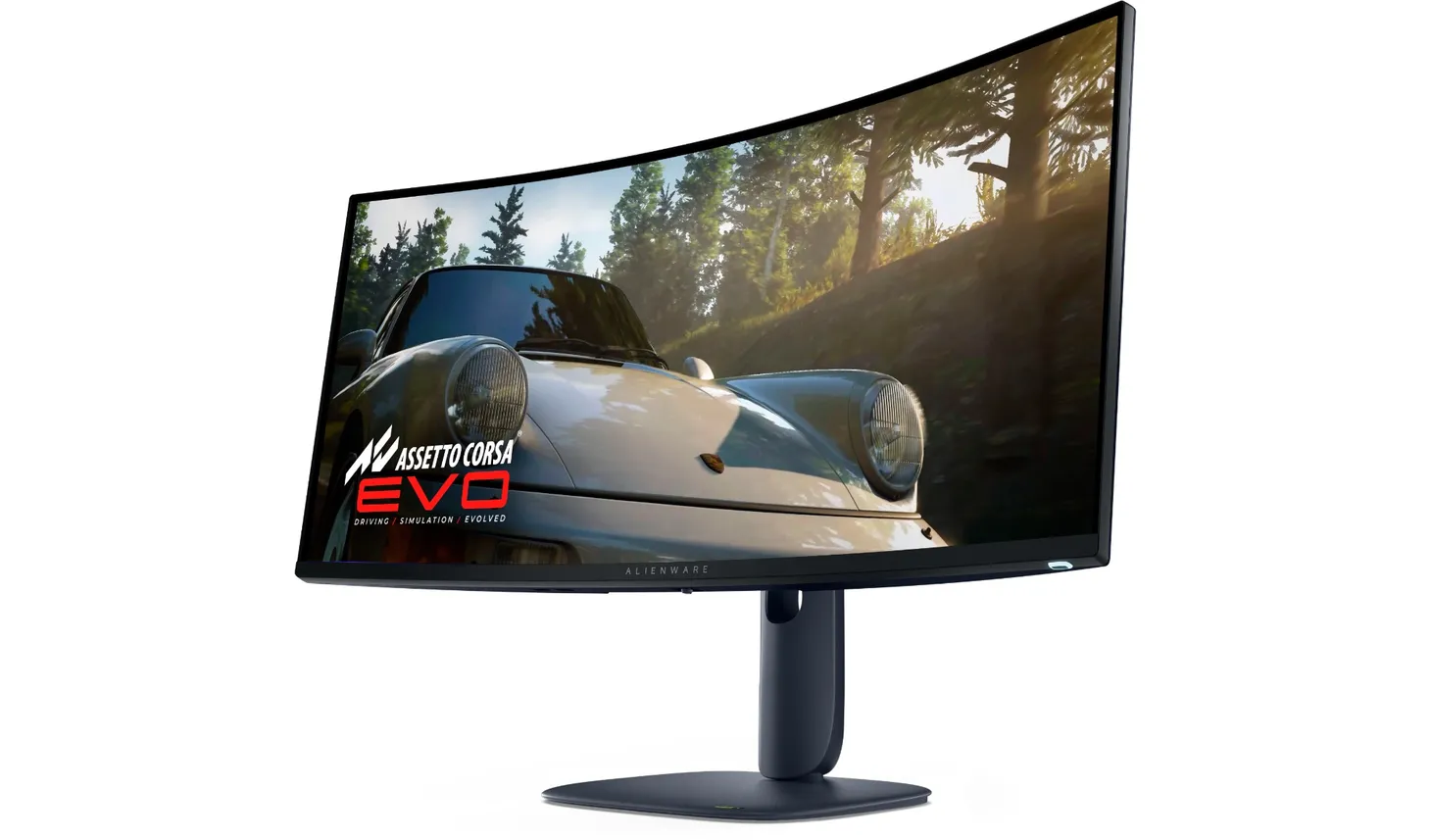DJI Power 500 review: sneaky power for tech nerd camping trips
A beautifully designed power station with plenty of power to keep your devices running for extended stays away from home.

We have so many batteries in our lives these days. USB power has been quite a revolution. But sometimes you need full fat mains power to keep your world turning, and that's where devices like the DJI Power 500 come in. And by bringing that smart DJI design their drones are well known for to a large portable battery this is a very impressive entry to a highly industrial category.
I've generally encountered two kinds of 'power station' style devices over the years. The office uninterruptible power supply (UPS) to keep devices running if power cuts out temporarily, or to help shut down gracefully if the power doesn't come back quickly. And then industrial power station aimed at tradies and serious campers who need hours of power on demand.
So far just a few brands have started offering these more tech-focused power stations that look comfortable in a regular car boot and not on the back of a ute. So for DJI, the famed drone maker, this is squarely aimed at their own audience when they want to keep topping up their drones in the field without just buying an army of pre-charged batteries to keep swapping in. With a few batteries, a drone, and a DJI Power 500 you can be flying all day long.
The 500 stands for 500W of power delivery, while its bigger sibling is the 1000. It's actually 512W, but who's counting. The battery itself is based on LFP technology for high powered work that is also much longer lasting that the Lithium-ion battery you carry in your bag.
You get seven power outputs total: 2x USB-C, 2x USB-A, 2x mains power, and 1x SDC lite port. Fast charge times for drone batteries and phones are around 30 minutes range, and you'll get about 28 full phone charges off the Power 500 so it could keep you running for weeks without going near a mains plug. For a laptop you'll get around four full charges.

That last one, SDC, is a special DJI port that offers bidirectional charge support for a range of their products. It has a fast charge delivery for some of its Intelligent Flight batteries, but also lets you recharge the Power 500 using DJI solar panel adapter module. Keep that in mind – you can pack a solar kit with the Power 500 and run truly off grid for extended periods for all your main tech needs.
It's also worth a mention that the cutover speed is 0.02-seconds if you're using the Power 500 to run devices all day while plugged into mains, acting as a true UPS. But it feels like a waste of a far more versatile product to make it be a full-time UPS.
For usage out and about, the read out is clear and readable in bright daylight. So you always know how much is left in the bank, and it even gives a time estimate so you have a clear sense of what the percentage means based on what you've been charging on it.
The whole Power 500 can be charged to full in 70 minutes, and if you somehow forget your mains cable for charging it you can charge it over USB-C at 100W. Slower, more like three hours with both USB-C cables feeding in, but better than being totally screwed.
I always weigh overall design heavily, so I'm really impressed by the comfort of the grip and the aesthetic of the battery. Seeing this sit alongside my telescope feels 'right'. It's an impressive piece of hardware that gives people who love their tech but want to be out and about enjoying wide open spaces the comfort to go enjoy themselves without worrying about the lack of power. It's a really nice feeling to have.
The DJI Power 500 retails at $729 and the bigger Power 1000 is $1369. For DJI drone lovers, it's a very compelling option. For people who want to sneak a bunch of tech with them on a long weekend camping trip, it's probably even more exciting.
Byteside Newsletter
Join the newsletter to receive the latest updates in your inbox.



